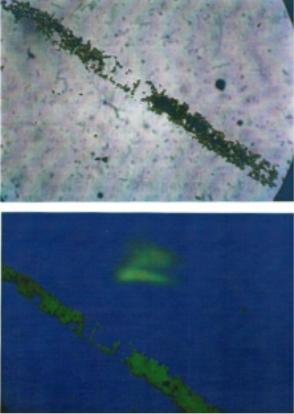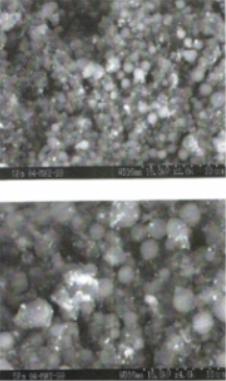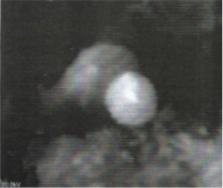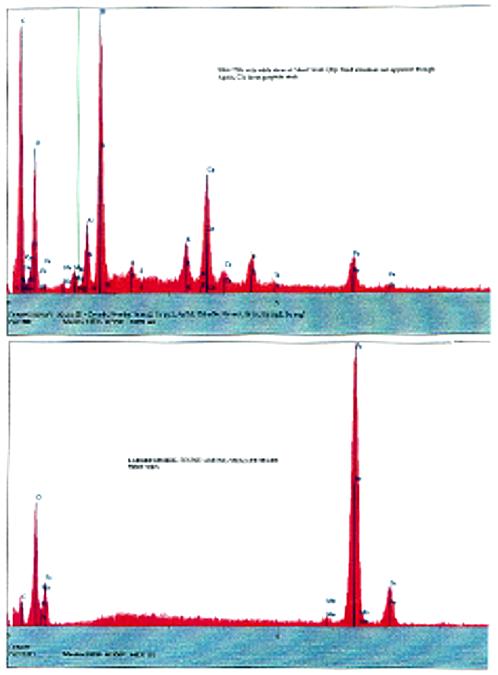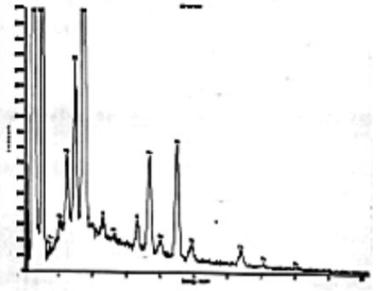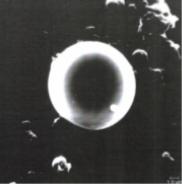ADDENDUM:
Additional SEM/EDX analyses of the green substance was carried out in April, 2000 by NA. Reiter in Ohio. A Jeol SEM,
with a Tracor 5400 EQS (with light element detector) was used in this analyses. This work supported the results obtained earlierand added the following:
1. The sample contains glassy dielectric micro-spheres, typically ranging in size from 1.5 to 5 microns in diameter, in an amorphous binder. The micro-spheres are primarily Si, with Al, Ca, 0, C (possibly from the SEMstubs), Na, Ti, and a surprisingly high content of Fe.
2. The glassy spheres appear to be solid and exhibit an unusual fluorescence under long-wave UV light. By eye, the estimation of the wavelength of the emitted green light from the tiny beads would be about 520nm, slightly to the blue side of a 532nm frequency doubled YAG laser beam
3. The composition of these objects resembles the composition of many common clay or sand soils. While the constituent elements are constant throughout the sample, we find differing ratios depending on location.
There seems to be little differentiation between the micro-spheres and the amorphous matrix in which they are contained, as though both were essentially of the same initial compositionand perhaps one arises out of the other. If the matrix material is crushed or powdered micro-sphere fragments, then this material should fluoresce as well, but it did not.
Therefore it may be a more likely scenario that the micro-spheres were formed out of the surrounding amorphous matrix. Both materials seem to be of a dielectric character, as sample charging was very obvious.
4. No match for the glassy spheres was found in any of the readily available commercial-product catalogs of industrial or laboratory glass beads as to size, composition and fluorescence. The smallest diameter of glass beadwe could find for commercial use was in the range of 10-25 microns.
5. Another less populous species of object was found, consisting apparently solid ferrous spheres, in the 10-20 micron diameter range; these spheres seem to be composed exclusively of iron and/or iron oxide. They appear to be conductive, since beam deflection and sample charging was minimal.
6. No noticeable radioactivity was observed when the sample was checked with a Geiger counter.


